THE HISTORY OF TEA AND CRICKET IN SRI LANKA – BY David Colin Thome
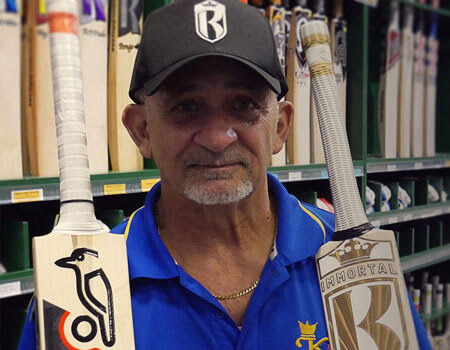
Source: History of Ceylon Tea
“You will think I write a lot about the scenery, but if you saw it you would not think I said too much” – James Taylor (Pioneering tea planter describing Ceylon in a letter to his father in Scotland in 1858)
In Sri Lanka, the relevance of tea to the game of cricket extends further than that of a twenty-minute break that separates lunch and the end of a day’s play. And while tea to the Western world is but a tiny item in a crowded shopping trolley of groceries, in Sri Lanka, it is the trolley itself.
For over a century, ‘Ceylon Tea’ has been the backbone of the country’s economy and to many individual Sri Lankans, its significance looms even larger. To the poorest of the poor, a cup of tea is often the substitute for a solid, but unaffordable meal.
In the present context, the game of cricket is no less important. While Sri Lanka has been competing at the highest level for just over two decades, cricket has truly evolved, if not quite into a national game, then surely into a national past-time. Its value cannot be solely measured by the vast amounts of foreign currency the game generates for Sri Lanka (relative to the country). In times of hardship and trouble, and Sri Lanka has had its share of both, and then some, cricket is the soothing balm of the common soul; their anaesthetic from the copious doses of an unsympathetic reality.
Tea and cricket in Ceylon
Following British colonisation of Ceylon in 1796, coffee growing had been introduced to the contoured and elevated central districts of the island by the 1830s. It was around this same period that anecdotes of the odd game or two of cricket taking place have been told. In fact, the first cricket club formed was the Colombo Cricket Club, which was founded in 1832. Nonetheless, unlike its progress in England, cricket remained more an exception than the rule and it was not until about three decades later that the game formally took root in Ceylon.
In the meanwhile, the British Empire was firmly ensconced in the island’s large northern neighbour, India where tea production was under-way earnestly. Notably in the world-famous tea-growing region of Assam. Yet, while the British conducted minor experiments with tea growing in Ceylon in some of the island’s botanical gardens, there was no concerted effort to introduce the shrub for commercial production. Of course, there was no need to, as the coffee produced in Ceylon at the time was among the world’s finest. However, from the late 1860s onwards, the island’s coffee industry was progressively decimated by the Coffee Rust disease, which cut a swathe through the plantations.
Thus, in 1867, when a Scotsman by the name of James Taylor, cleared and planted 21 acres of tea; No 7 field at Loolecondera Estate; its implications for the country could not have been visualised at the time. Not just was it fortuitous in light of the subsequent fate of the coffee industry, but also, it created an unprecedented prominence for Ceylon. A prominence, which in constructive terms, remains unsurpassed to date. Moreover, it provided the country with a sizeable industry that generated wealth, initially for the British Empire, and since gaining independence in 1948, to successive governments of Ceylon and then Sri Lanka, following the name change in 1972.
Unintentionally or not, the period in which tea was introduced to Ceylon coincided with cricket becoming further established and organised in the island, steadily increasing in its popularity and levels of participation. Consequently, while many of the country’s more illustrious cricket clubs had their beginnings in the ensuing two to three decades, among the earliest to establish a recurring fixture were the tea planters’ clubs’ at Radella and Darrawella.
Planters Clubs
Since the tea plantations were usually situated in rugged mountainous terrain, much of it previously uninhabited, and since the road and rail network was restricted, gaining access to the island’s cities was a test of patience and endurance. For the British plantation fraternity, frequent social interaction with their fellow countrymen was an arduous task, hence the establishment of sport and social clubs within and around the plantation regions.
While these clubs instituted numerous activities and functions that were family oriented, undoubtedly, their main function was to service the needs of the tea planter, a type that was usually the epitome of the macho male. This need was most commonly found on sporting fields, and with a zeal that was unmatched, at the clubhouse bar!
Although coffee plantations preceded the advent of tea, it was after the latter was introduced that the plantation districts expanded in area. These expansions lead to a significantly larger population of British planters functioning within close proximity to each other. Consequently, this reflected in greater numbers of planters maintaining family units within this environment, which was added grounds for establishing such clubs. Thus, a membership incorporating a family-oriented structure resulted in the clubs functioning with a great deal of style and panache, a feature if left solely to a bunch of hard-hitting, hard-tackling and hard-drinking men, might otherwise have been lacking!
Two of the largest such clubs were the Dimbula Athletics & Cricket Club (DACC) at Radella, and the Dickoya & Maskeliya Cricket Club (DMCC) at Darrawella, both of which in name, are commonly referred to by their geographical location.
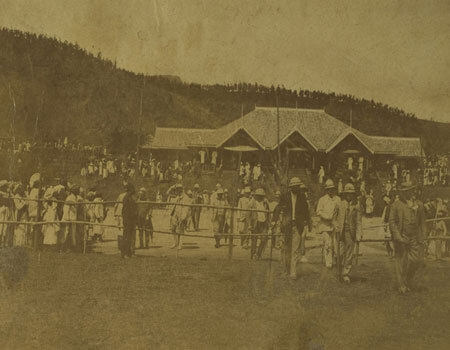
Darrawella Club
The Darrawella Club was founded in 1868 and is situated about two kilometres from the town of Dickoya. As are most parts of the island’s hill country, its location, while not quite as spectacular as that of the Radella Club, nonetheless presents a pretty picture. Situated in a valley, the cricket and rugby field is looked down upon by the tea-field speckled hills of the impressive Wanarajah Estate. Similarly impressive, on the opposite face, the entrance to the clubhouse is embraced by the tea fields of Darrawella Estate.
The Darrawella Club is arguably the finest of the numerous clubs that were established in that era. But today, its clubhouse no longer receives the keen attentions of the past, a fate that has befallen most, if not all such institutions. As its current President, Hemannath Wickremesooriya, a Director of a leading plantation company enunciated, economic and social changes have reduced the usefulness or the purpose of such clubs in this day and age. Certainly, isolation was a key factor in these clubs sprouting, and then flourishing, a factor that has gradually diminished due to modern transport, roads, and communication technology, which has made accessibility to the country’s cities significantly more efficient.
Yet, even today, a stroll through the silent corridors of the clubhouse; the silent library or the silent billiard room; absurdly, even a silent bar – an active imagination is not required to conjure up images of what, in reality, must have been a very lively and grandiose lifestyle.
In supplementing such an imagination, an inspection of the vast and impressive array of sporting memorabilia (mostly photographs) that adorn the club’s walls, is by itself an exercise in fascination, and lays emphasis to the club’s rich sporting history. As evidenced in a photograph of the DMCC and DACC teams, in their very first encounter in 1870, this rivalry is one of the island’s earliest cricketing fixtures between any two teams. In this regard, the club’s possession of a book containing detailed scorecards of more than sixty matches from 1872 to 1952 (matches were cancelled during some years of the two World Wars’), is remarkable, not just for its historical value, but for the dedication and painstaking manner in which the information has been recorded.
One of the Darrawella Club’s most prestigious associations with cricket’s historical fame, was the visit paid to it by the legendary Sir Jack Hobbs, in 1930. To date, the large personally autographed photograph of Sir Jack, in batting stance at the club grounds, is a much-revered item of memorabilia. And from some accounts, lasting impressions of Sir Jack’s visit do not appear to have been a one-way street. According to former tea planter and past Club President, Dushy Perera, a hand-me-down tale at the club was that Sir Jack, upon his return to England, named his cottage “Darrawella”.
Another, and an equally valued item of memorabilia is a team photograph of the MCC visit in 1934. Pitted against an Up-Country XI at Darrawella, the MCC was led by that controversial character, Douglas Jardine, who two years earlier prompted the game’s most divisive incident when he introduced the infamous “bodyline” theory against the Australians. This tour of Ceylon by the MCC, which was preceded by a three Test match tour of India, was to be the last occasion that Jardine represented his country.
However, this club did not merely play host to showy cricket teams and cricketers. A photograph, accompanied by a piece of writing from the Times of Ceylon, dated 17 February 1891, recorded that three days earlier a visit was paid to the Darrawella Club by a Russian party led by the Czarevitch, later Nicholas II, Emperor of Russia!
Another of the club’s captivating cache of history is the “club minutes”, spanning several decades from about the turn of the twentieth century. These minutes portray an absorbing perspective on a variety of platforms, not the least being the system of values that prevailed in those times. Instances such as a member disciplined for exceeding his quota of alcohol (only just!), which was strictly rationed during the World Wars’; A summary rejection by an appalled committee to a suggestion by a member to purchase alcohol on the black market (to alleviate its short supply); members disciplined for swearing within ear-shot of ladies; discussions on, and the subsequent sanctioning of admitting Ceylonese as “full-members” – hitherto, a status reserved only for Europeans; congratulatory sentiments by the committee on Ceylon gaining its independence from the British, with some cheers, perhaps, being less hearty than others!
Today, despite the gradual sliding of the Darrawella Club over the past few decades, its potential for a meaningful and continued existence remains very apparent. But the contemporary tea plantation community is not in a position to sustain such institutions without external assistance, and, with its rich history and aesthetic setting, it would be a great shame to permit this magnificent institution to advance, unimpeded, on a seemingly inevitable path to oblivion.
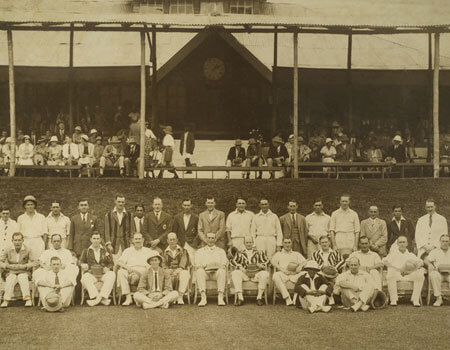
Radella Club
The British plantation fraternity was particularly discerning in selecting picturesque sites for their bungalows, factories, clubs, and so forth. There can be no better example than the club at Radella. Located within the boundaries of the Radella Estate, a tributary run on three sides of the playing field, and beyond, manicured tea fields on rising hills, some of which assume mountainous proportions, form a sort of partially completed Coliseum. Looking down upon the ground from the Hatton-Nuwara Eliya Road, which is positioned several hundred feet above, the view is nothing short of breathtaking and spectacular!
Founded in 1856, the original clubhouse caught fire in 1965 and was tragically burnt to the ground. Sadly, its considerable collection of memorabilia was largely lost in the process. The club was rebuilt shortly thereafter but the new design was a rather basic structure in comparison. Despite losing the bulk of its memorabilia, there still remain some interesting pre-1965 items and of course, all its post-1965 items. Most notably, the tour by the MCC in 1962, which was led by MJK (Mike) Smith. Peter Parfitt, who was a member of this squad subsequently coached the Sri Lankan team in the 1980s.
However, unlike the Darrawella Club and others in the plantation districts, the Radella Club has been granted a lifeline, which holds promise for its continued survival. A few years back the Board of Control for Cricket in Sri Lanka (BCCSL) identified it as a potential venue for hosting international cricket, and accordingly, invested resources towards its restoration. A player’s pavilion has been constructed alongside the existing clubhouse and the cricket pitch re-laid. Since then, the club has hosted matches during the Under-19 World Cup tournament which was held in Sri Lanka two years ago, as well as a One Day International cricket match between Sri Lanka and Zimbabwe.
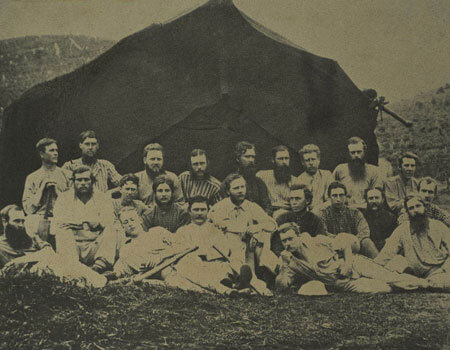 | 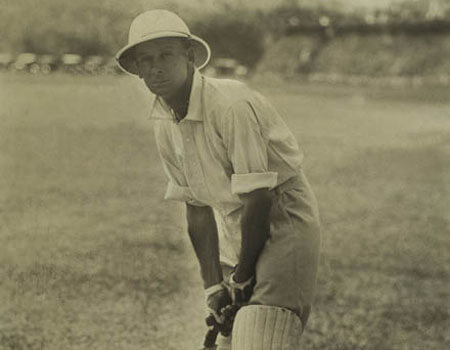 |
Harry Solomons
In the colourful and robust lifestyle of the tea planter, in an industry that is approaching an existence of a century and a half, there have been (and still are) many great personalities of varying descriptions and dispositions. They are far too numerous to mention and is best left to a dedicated commentary. However, in a connection with the game of cricket, no tea planter has reached a level of association as has the inspirational Harold (Harry), Solomons. No mean wielder of the willow himself, Harry was a tea planter in the late 1960s until he immigrated to Australia in the mid-1970s. Since then Harry has created a veritable cricket merchandise empire through his sports store in a suburb of Sydney.
Few international cricketers do not have dealings with Harry. As such, he is a colossus in cricketing circles in Australia and has been the recipient of many prestigious entrepreneurial awards. As an employer, Harry frequently employs young up and coming cricketers, affording them the time, money, and opportunities, to further their careers. Some years back, a set of twins going by the names of Steve and Mark were two such recipients of Harry’s generosity, long before they moved into the employ of the Australian Cricket Board! Indeed, they are the famous Waugh twins!
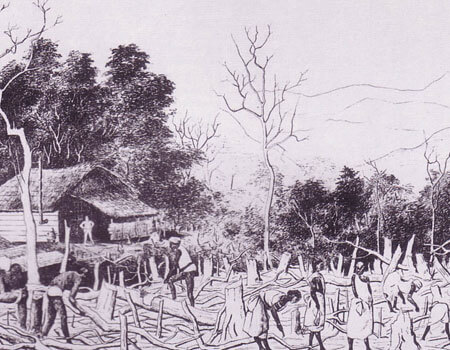 | 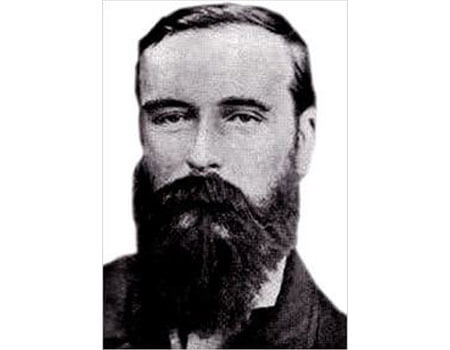 |
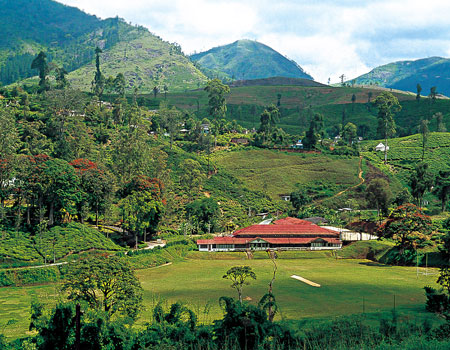 | 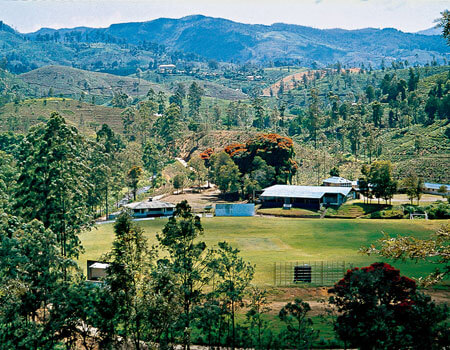 |
Tea and cricket in contemporary Sri Lanka
Sri Lanka has a long and colourful history which includes a protracted period of colonisation (1517 to 1948) by the Portuguese, Dutch, and the British, respectively. Today, the effects of such a legacy are yet prevalent, much of which has woven into the fabric of its society. Indeed, it is impossible to envision a modern-day Sri Lanka without tea fields and cricket fields.








One Comment